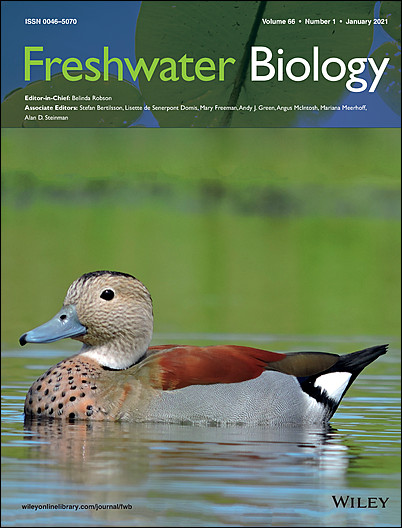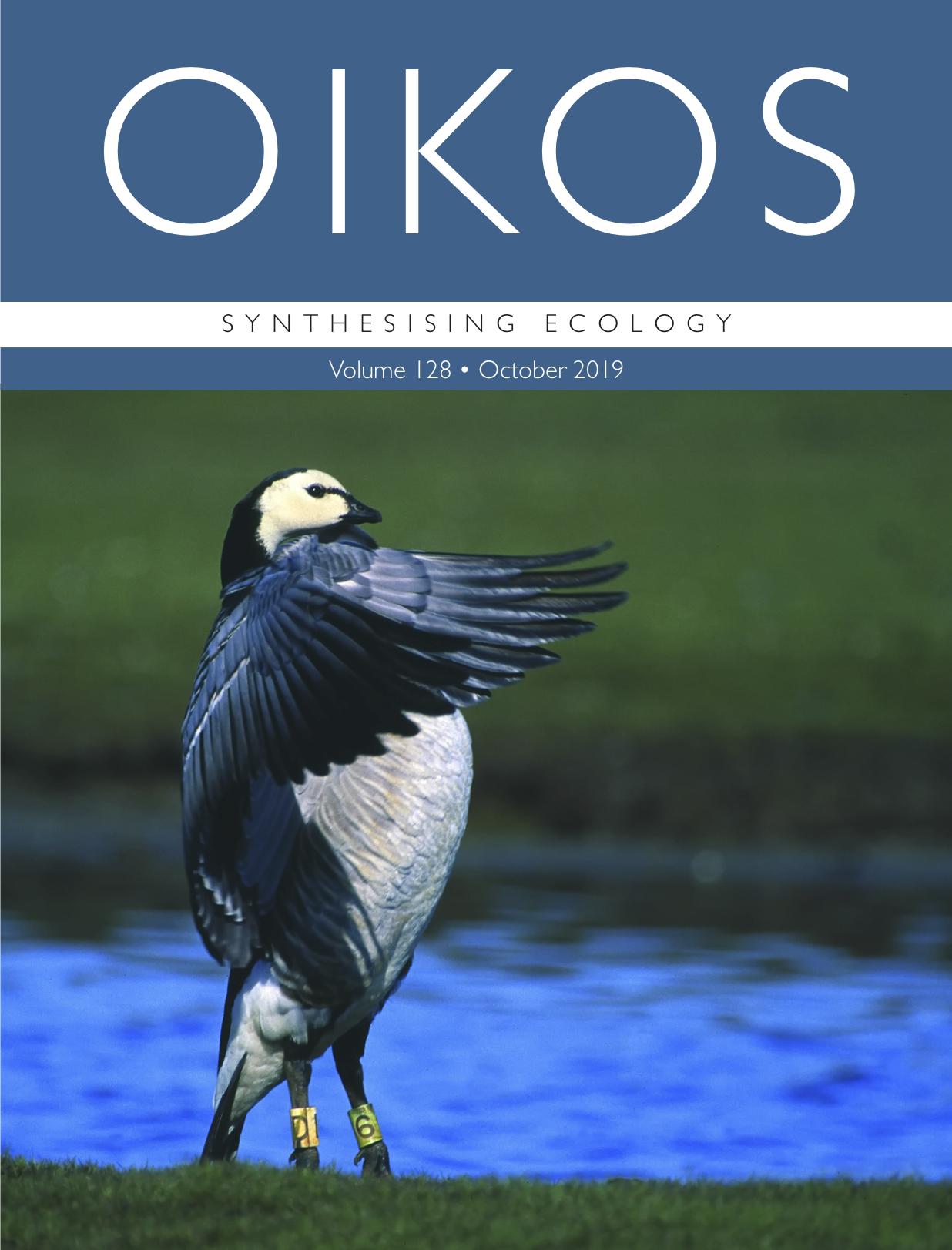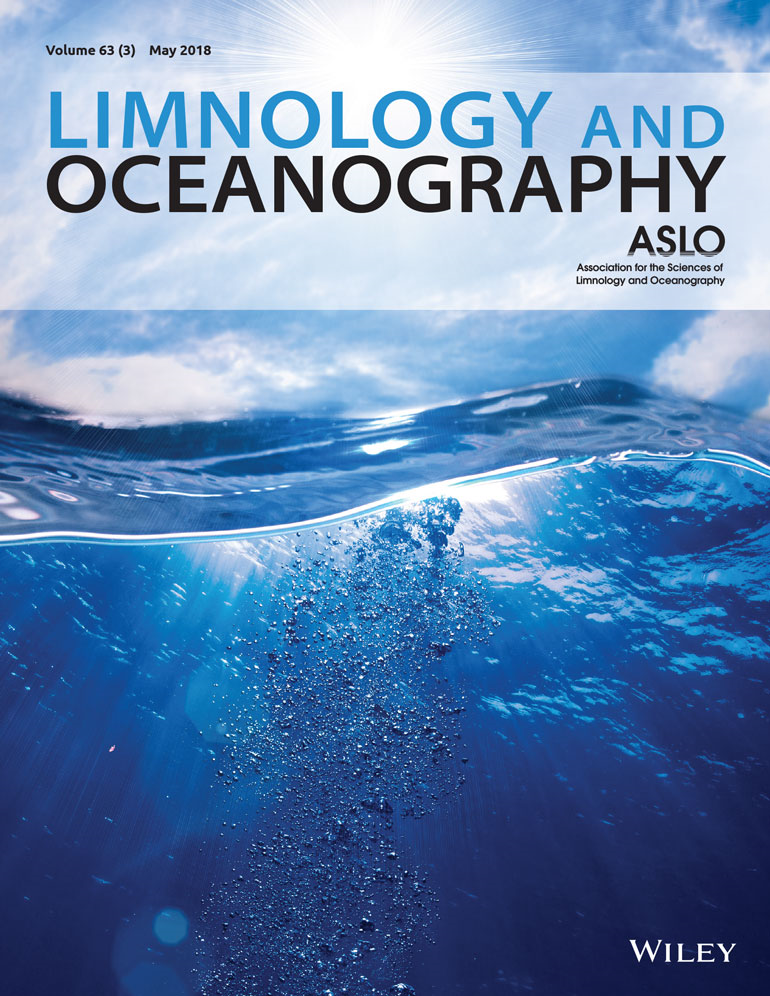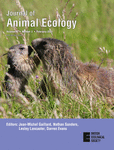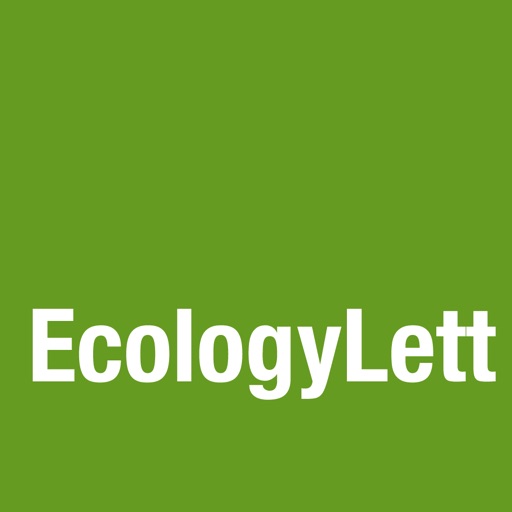Please find all scientific publications of IGB under > scientific publications
For more detailed information please refer to our > library catalogue
1 - 10 of 95 items
- Department:(Dept. 5) Evolutionary and Integrative Ecology
October 2025
Freshwater Biology. - 70(2025)10, Art. e70111
Phenotypic Divergence Associated With Genomic Changes Suggests Physiological Adaptation in Obligate Asexuals
Athina Karapli-Petritsopoulou; Jasmin Josephine Heckelmann; N. John Anderson; Sören Franzenburg; Dagmar Frisch

September 2025
Diversity and Distributions. - 31(2025)9, Art. e70088
A Dual Role of Common Mammals as Dispersers of Plants and Micro-Invertebrates Across Isolated Wetlands
Maxi Tomowski; Katrin Kiemel; Tina Birnbach; Victor Parry; Michael Ristow; Manuel Roeleke; Ralph Tiedemann; Guntram Weithoff; Florian Jeltsch
September 2025
Oikos. - XX(202X)X, Art. e11415
Ecosystem age drives food web architecture of glacier retreat- formed fishless ponds in Greenland
Anahí López-Rodríguez; Erik Jeppesen; Thomas A. Davidson; Luc De Meester; Iván González-Bergonzoni; Nicolás Vidal; Ruben Sommaruga; Korhan Özkan; Hartmut Arndt; Klaus Jürgens; Mariana Meerhoff
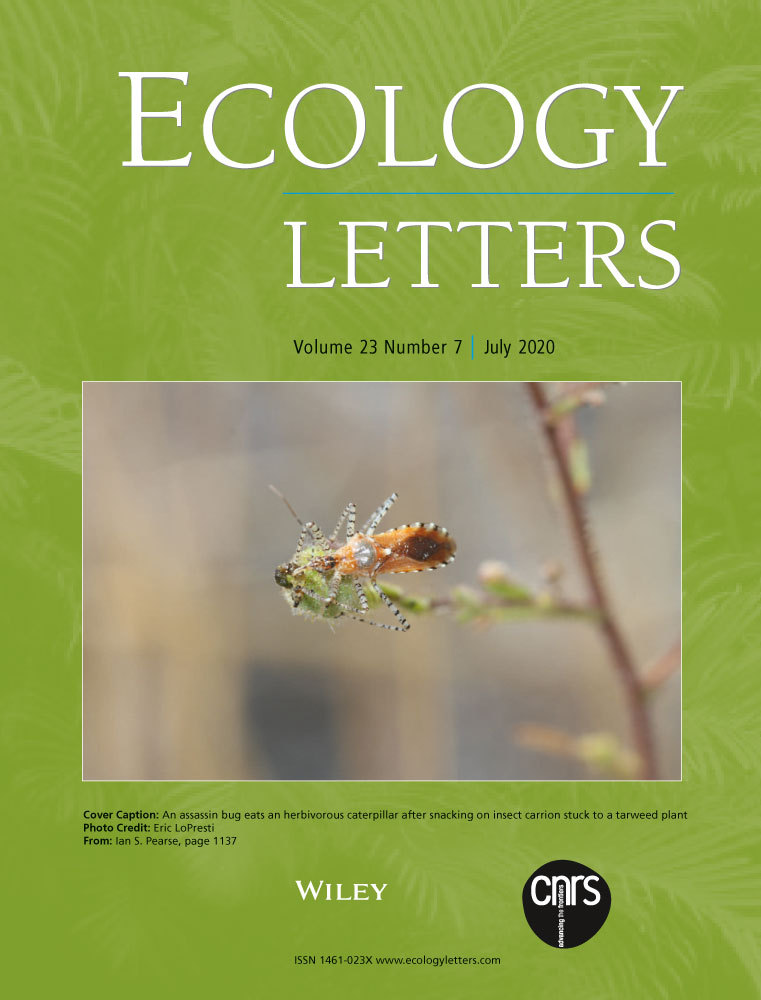
September 2025
Ecology letters. - 28(2025)9, Art. e70214
Linking Individual Performance to Density-Dependent Population Dynamics to Understand Temperature-Mediated Genotype Coexistence
Marjolein Bruijning; Luc De Meester; Marco D. Visser; Erlend I. F. Fossen; Héléne Vanvelk; Joost A. M. Raeymaekers; Lynn Govaert; Kristien I. Brans; Sigurd Einum; Eelke Jongejans
August 2025
Limnology and Oceanography. - 70(2025)10, 3029-3042
Long-term changes to plankton communities in artificially heated lakes
Kingsly C. Beng; Slawek Cerbin; Michael T. Monaghan; Justyna Wolinska
August 2025
Journal of Animal Ecology. - 94(2025)10, 2130-2145
The gut microbiome shapes latitudinal differences in host immunity and pathogen load in a damselfly
Charlotte Theys; Sarah Jorissen; Lizanne Janssens; Nedim Tüzün; Ellen Decaestecker; Julie Verheyen; Robby Stoks
August 2025
Oikos. - XX(202X)X, Art. e11027
Quantifying the contribution of community trait mean and diversity to ecosystem functioning
Lorena Pinheiro-Silva; Andros T. Gianuca; Luc De Meester; Steven A. J. Declerck
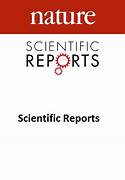
August 2025
Scientific Reports. - 15(2025), Art. 29261
Contrasting niche dynamics in the invasion processes of two congeneric dinoflagellates
Rafael Lacerda Macêdo
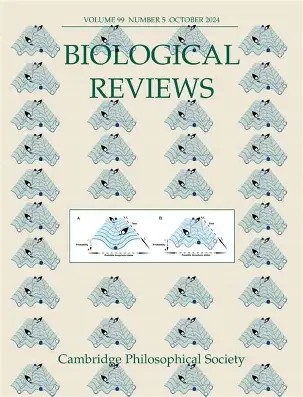
July 2025
Biological Reviews. - XX(202X)X, XX-XX
Plasticity in climate change responses
Angelika Stollewerk; Pavel Kratina; Arnaud Sentis; Catalina Chaparro-Pedraza; Ellen Decaestecker; Luc De Meester; Ozge Eyice; Lynn Govaert; John Iwan Jones; Christian Laforsch; Carolina Madeira; Anita Narwani; Vicencio Oostra; Joost A. M. Raeymaekers; Axel G. Rossberg; Matthias Schott; Robby Stoks; Ellen van Velzen; David Boukal
June 2025
Ecology letters. - 28(2025)6, Art. e70164
Dynamic Environmental Niches of Marine Invasive Species Over 200 Years
Chunlong Liu; Zeli Ruan; Jiayuan Xie; Jonathan M. Jeschke; Lise Comte; Julian D. Olden; Yunwei Dong; Jiansong Chu; Bin Kang; Brian Leung


